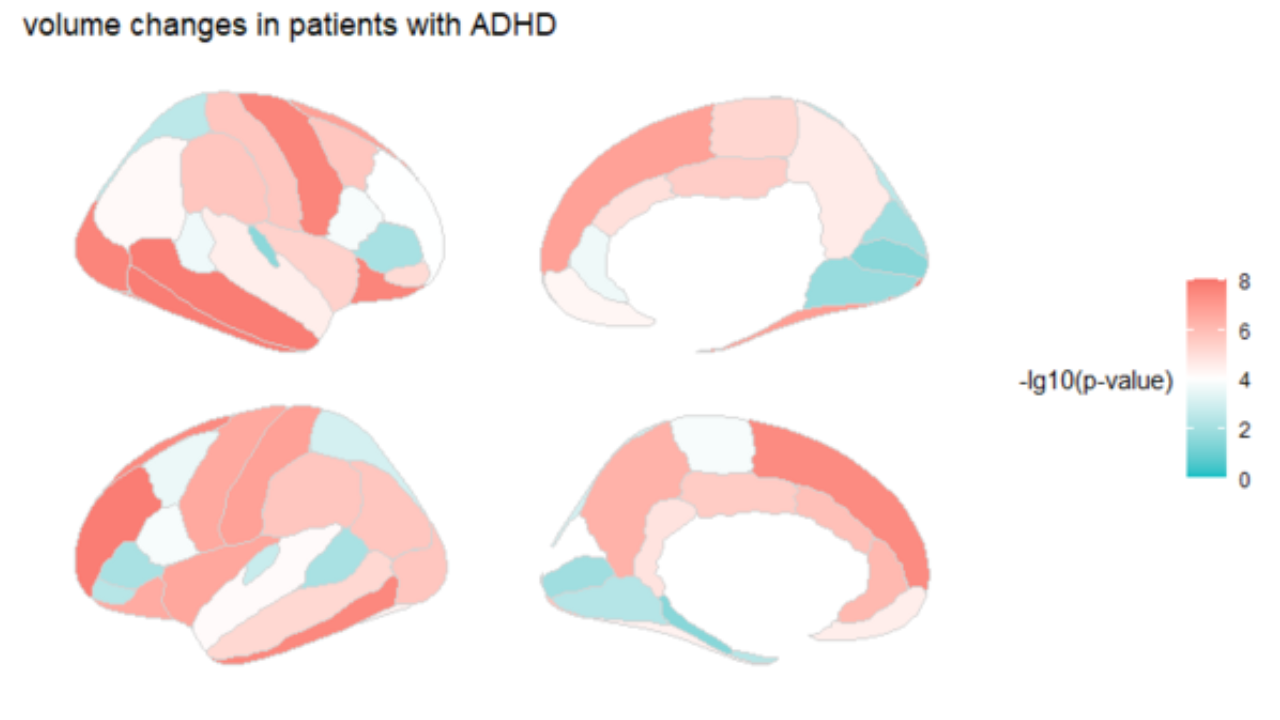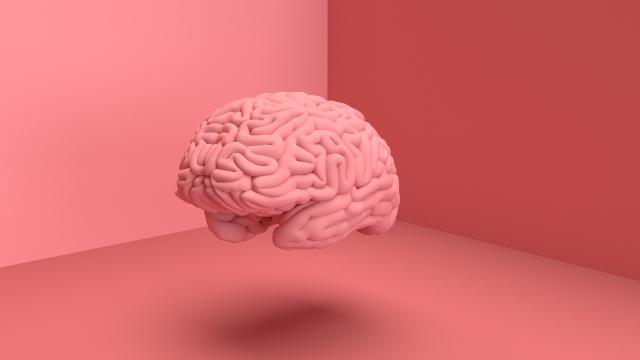Research from the Radiology Society of North America has uncovered brain markers in children with ADHD, which could indicate if a child has a neurodevelopmental disorder.
ADHD, which spells out Attention-deficit/hyperactivity disorder, is a condition that affects a person’s ability to focus their attention on a task. It can manifest as a need to fidget, as hyperactivity, as impulsiveness or as inattention.
It can have lifelong effects on people, affecting their academic and professional performance. It’s widely common in children.
This new research however could make it easier for medical professionals to diagnose children with the disorder.
“There’s a need for a more objective methodology for a more efficient and reliable diagnosis,” Yale School of Medicine post-graduate researcher Huang Lin said. Huang was a co-author of the study.
“ADHD symptoms are often undiagnosed or misdiagnosed because the evaluation is subjective.”
Not to inject myself too much into the story here, but growing up I was misdiagnosed with ADHD, and in university, I was rediagnosed with ASD. So it warms my heart to hear that this research could lead to a more accurate diagnosis in kids.
It’s also not the only research of its kind. Back in June, a research team from Flinders University was looking into biomarkers in eyes for symptoms of ADHD and ASD.
Anyway, the brain research required MRI data on 7,805 children from the U.S., including MRI scans, tensor imaging and resting-state functional MRI tests.

Neuroimaging metrics including brain volume, surface area, white matter integrity and functional connectivity were assessed to see if there was a correlation between kids diagnosed with ADHD and brain markers.
Children with ADHD were found to have abnormal activity between brain connections involving memory and auditory processing. A thinning of the brain cortex, and white matter microstructural changes were also observed.
“We found changes in almost all the regions of the brain we investigated,” Lin added.
“The pervasiveness throughout the whole brain was surprising since many prior studies have identified changes in selective regions of the brain.”
Lin also said that the MRI data was so accurate that it could be fed into a machine-learning algorithm to predict a diagnosis. As amazing as this may seem, I think it’s important to note that these tests would need to be highly accurate, as to not misdiagnose a child or potentially exclude them from treatment.
“Our study underscores that ADHD is a neurological disorder with neuro-structural and functional manifestations in the brain, not just a purely externalized behavior syndrome,” Lin concluded.
You can read more about the research on Eureka Alert.
